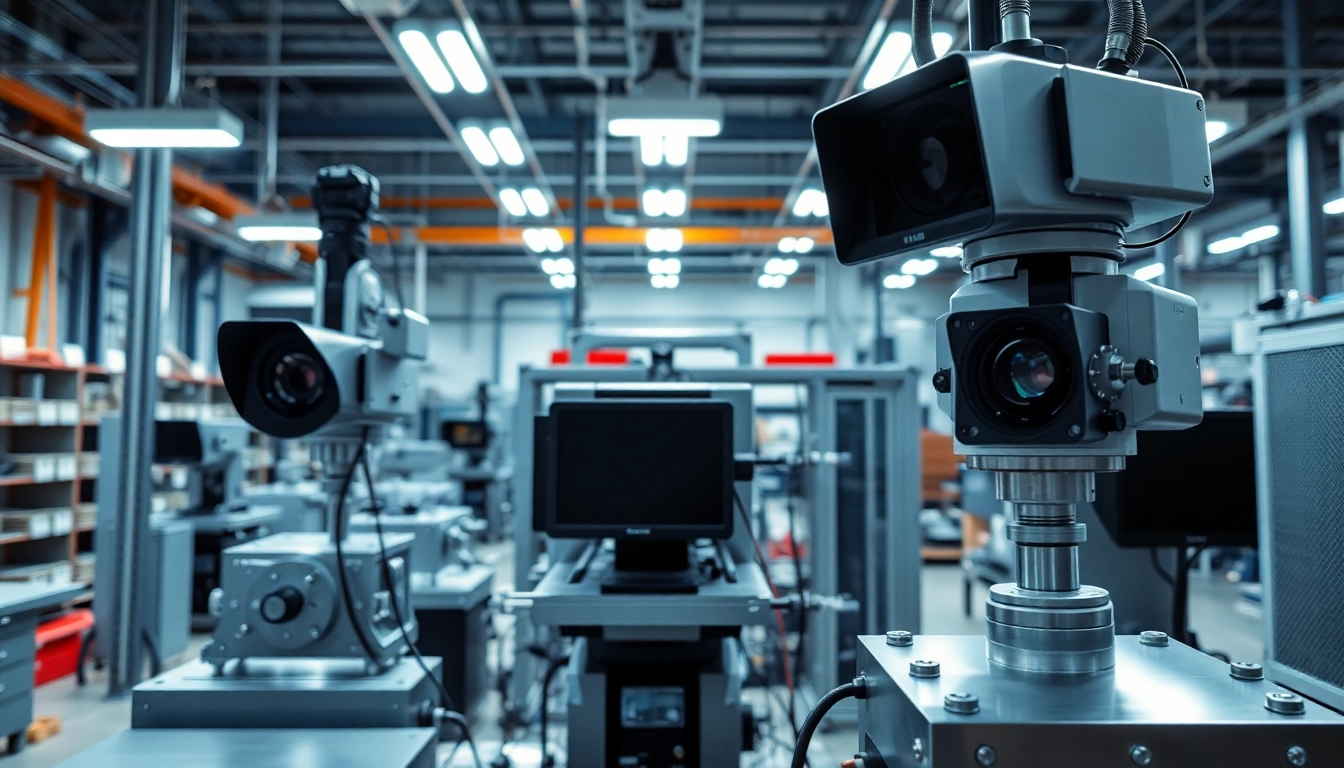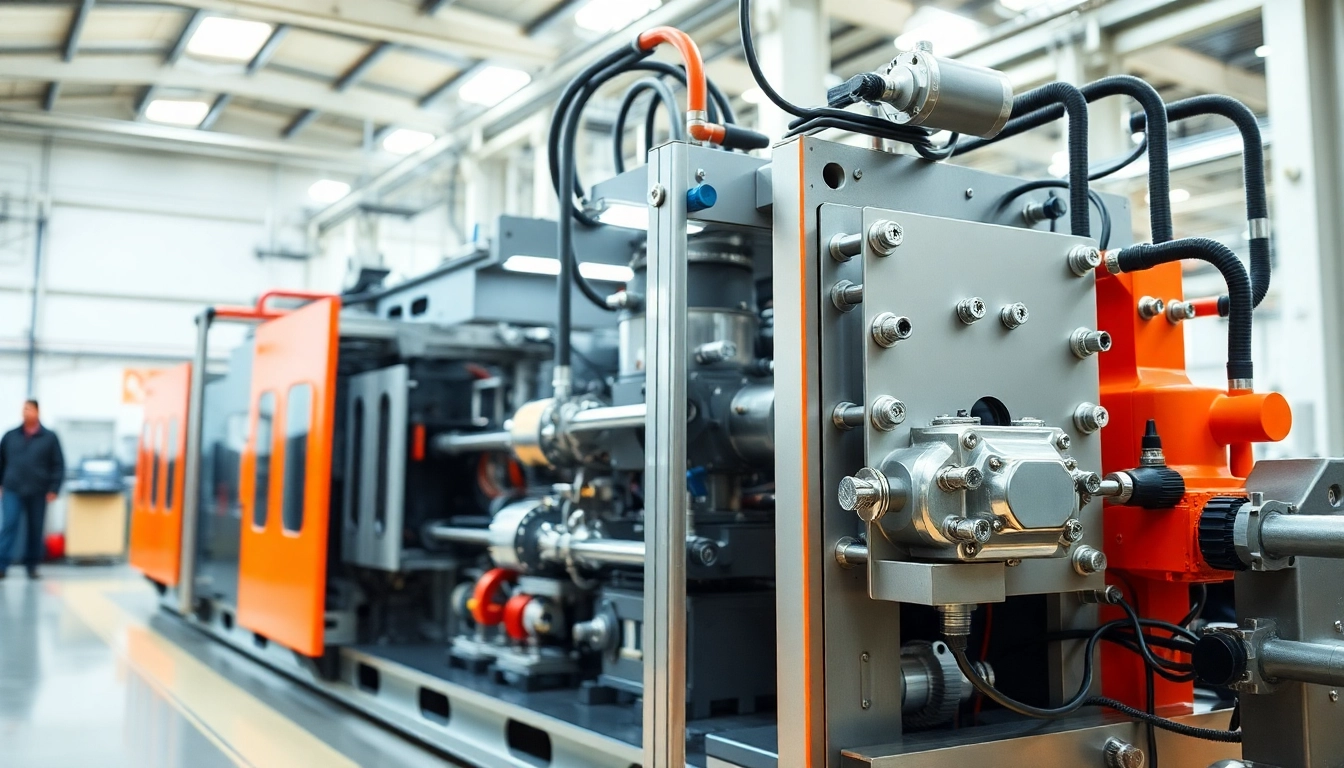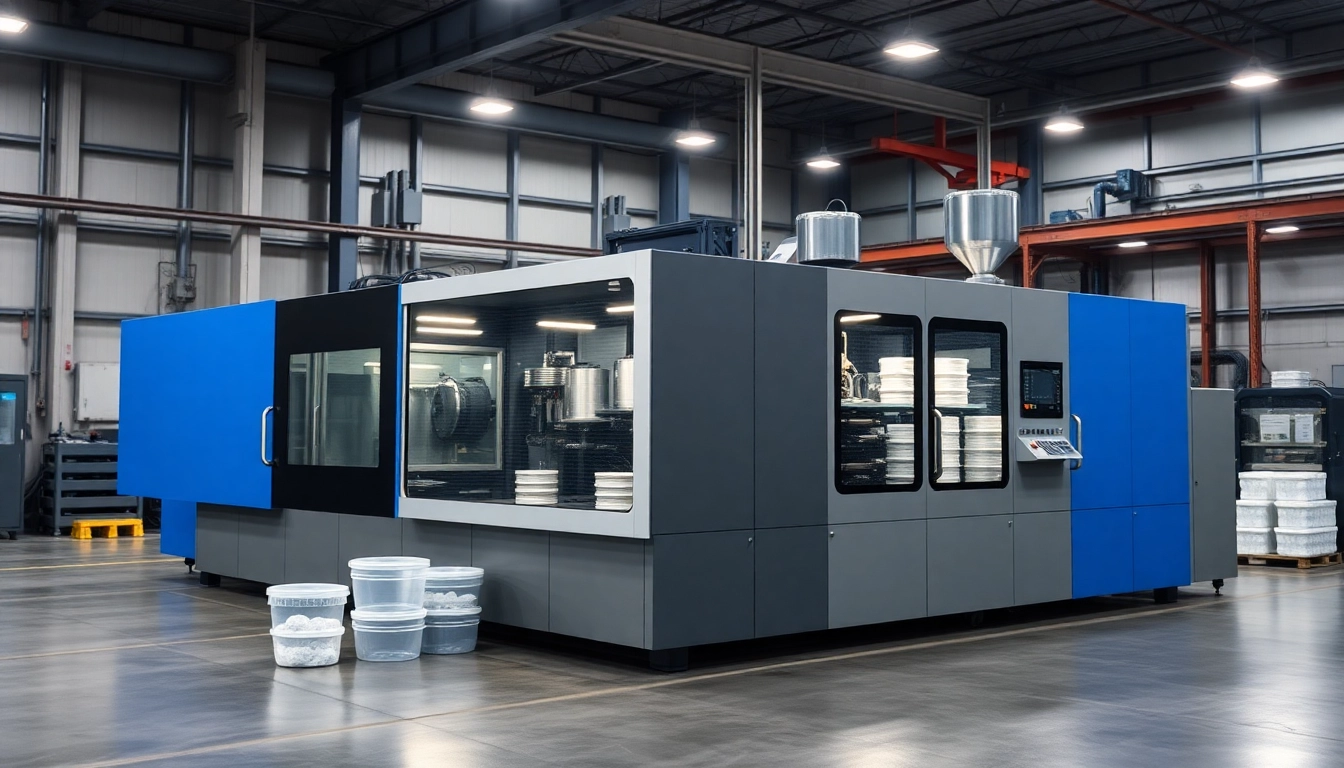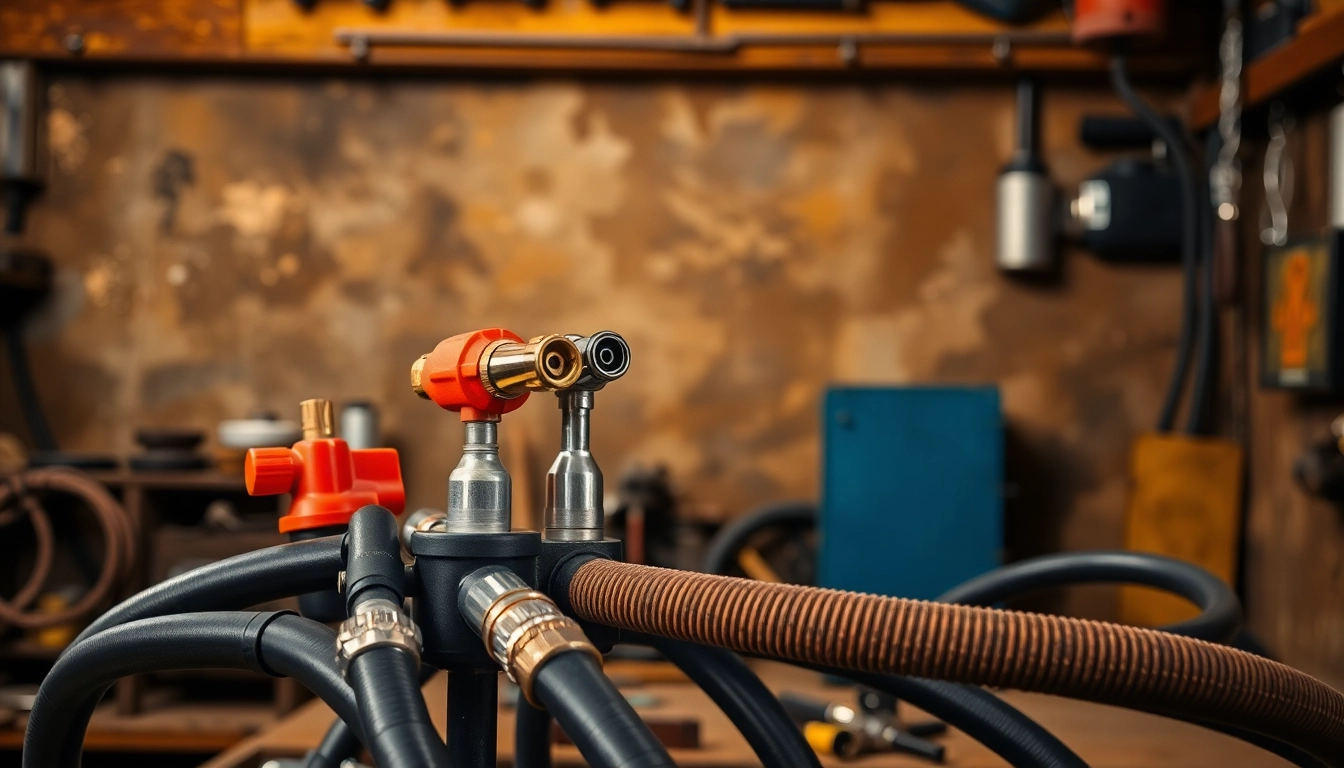Understanding Hydrogen Chloride and Its Implications
What Is Hydrogen Chloride?
Hydrogen chloride (HCl) is a colorless gas at room temperature, known for its pungent, irritating odor. When dissolved in water, it forms hydrochloric acid, a solution commonly used in various industrial processes. Hydrogen chloride is produced during the combustion of organic materials and as a byproduct in numerous chemical reactions, making it a crucial compound in the chemical industry. Hydrogen Chloride detector devices play an essential role in ensuring safety when handling this hazardous chemical.
The Industrial Uses of Hydrogen Chloride
Hydrogen chloride is widely utilized in the production of fertilizers, plastics, dyes, and pharmaceuticals. It serves as a key reagent in organic synthesis, playing a pivotal role in manufacturing compounds such as PVC (polyvinyl chloride) and polycarbonate. Other industries, including food processing, use hydrochloric acid for various applications including food preservation and pH adjustment. The versatility of this compound underscores its importance and raises concerns regarding its safe handling in industrial settings.
Potential Hazards of Exposure
Exposure to hydrogen chloride can pose serious health risks to workers, including respiratory irritation, skin burns, and eye damage. Inhalation of concentrated vapors can lead to severe pulmonary and systemic effects, including pulmonary edema and potential long-term respiratory issues. Therefore, it’s critical for facilities that use or produce hydrogen chloride to institute stringent safety protocols, highlighting the necessity for reliable detection systems to monitor dangerous levels of exposure in real-time.
How Hydrogen Chloride Detectors Work
Principles of Operation in Detectors
Hydrogen chloride detectors work by employing various sensing technologies to continuously monitor the concentration of HCl in the ambient air. Most detectors use electrochemical, infrared, or photoionization detection methods. Electrochemical sensors typically operate by measuring the current produced when hydrogen chloride interacts with the sensor’s active surface, while infrared sensors analyze the specific wavelengths of light absorbed by HCl molecules. This information is processed to provide accurate readings of hydrogen chloride levels in the environment.
Types of Hydrogen Chloride Detectors Available
There are multiple types of hydrogen chloride detectors, each tailored for specific applications. Portable detectors are typically used for personal safety and field testing, while fixed detectors are installed in industrial environments to provide continuous monitoring. These devices may come equipped with alarming systems that activate when hazardous levels are detected, ensuring immediate action can be taken to protect personnel and minimize risk.
Features and Specifications to Consider
When selecting a hydrogen chloride detector, several features and specifications should be evaluated. Key factors include sensitivity range, response time, and calibration requirements, as well as the detector’s durability and resistance to corrosive environments. Additionally, consider the type of display, data logging capabilities, and maintenance needs of the device to ensure it aligns with your operational safety standards and regulatory requirements.
Best Practices for Using Hydrogen Chloride Detectors
Installation Guidelines for Optimal Performance
The location and manner in which hydrogen chloride detectors are installed significantly influence their functionality. Detectors should be placed in areas where HCl is most likely to accumulate, such as near storage tanks, production equipment, or points of discharge. Additionally, ensure that the detectors are installed at the recommended heights to effectively monitor the gas’s behavior, as hydrogen chloride is heavier than air and can concentrate at lower levels.
Regular Maintenance and Calibration
For hydrogen chloride detectors to operate effectively, regular maintenance and calibration are essential. This includes routinely checking the sensor performance, replacing any worn components, and recalibrating the device to ensure its accuracy. Schedule periodic inspections in line with manufacturer guidelines and industry standards to uphold operational integrity and reliability, confirming that your safety measures remain robust.
Employee Training and Awareness Programs
Training employees on the significance of hydrogen chloride detection and the operation of detectors is crucial for workplace safety. Develop comprehensive training programs that emphasize hazard recognition, the importance of monitoring, and the appropriate response in the event of an incident. By fostering a culture of safety awareness, organizations can minimize risks associated with hydrogen chloride exposure while empowering employees to act swiftly in emergency situations.
Comparing Leading Hydrogen Chloride Detectors
Performance Metrics of Top Models
In selecting a hydrogen chloride detector, understanding the performance metrics of various models is necessary. Key metrics often include detection range, response speed, sensor lifespan, and the accuracy of readings. It’s advisable to compare these specifications alongside user experience to identify which models consistently deliver optimal performance in real-world conditions. Seeking models that have been tested under industry-specific standards can further guide your decision-making.
Cost Analysis and Return on Investment
Investing in hydrogen chloride detection equipment should involve thorough cost analysis. Initial purchase costs must be weighed against ongoing operational costs, including maintenance and calibration needs. Consider the potential costs associated with health risks, regulatory fines, or operational disruptions due to safety incidents. A comprehensive cost-benefit analysis will help to justify the investment in detection technology, demonstrating its value in enhancing workplace safety and compliance.
User Reviews and Recommendations
User feedback is invaluable in evaluating the effectiveness of hydrogen chloride detectors. Read reviews from industry professionals to gauge the reliability and ease of use of various models. Look for recommended brands known for their innovation and customer support, as these factors can significantly impact your experience. Engaging with user forums or industry networks can also provide insights and anecdotal evidence regarding detector performance in specific settings.
Case Studies: Success Stories with Hydrogen Chloride Detectors
Industry Insights from Chemical Manufacturing
In the chemical manufacturing sector, the successful implementation of hydrogen chloride detectors has been crucial in maintaining safety standards. For example, a large chemical facility recognized a recurring issue with hydrogen chloride leaks. By installing advanced detection systems, they not only improved response times to potential leaks but also fostered a culture of safety that resulted in zero exposure incidents for over a year. These real-world applications highlight the positive outcome of proactive monitoring solutions.
Testimonies from Safety Experts
Safety experts emphasize the importance of hydrogen chloride detectors in preventing occupational hazards. Testimonials often highlight cases where quick detection led to the safe evacuation of personnel and significant damage mitigation during gas leaks. Experts recommend these detectors as indispensable tools for environments where hydrogen chloride is prevalent, stating that preparedness and immediate response mechanisms are keys to enhancing workplace safety.
Impact of Detectors on Workplace Safety
The integration of hydrogen chloride detectors has markedly impacted workplace safety across industries. Businesses that have adopted comprehensive monitoring systems report increased overall safety compliance and lower rates of chemical exposure incidents. The ability to detect gas leaks early allows for prompt corrective actions, ultimately protecting employees, reducing liability, and sustaining operations. This data reinforces the argument for regular risk assessments and investments in safety technology as a necessity, not just an option.














Leave a Reply